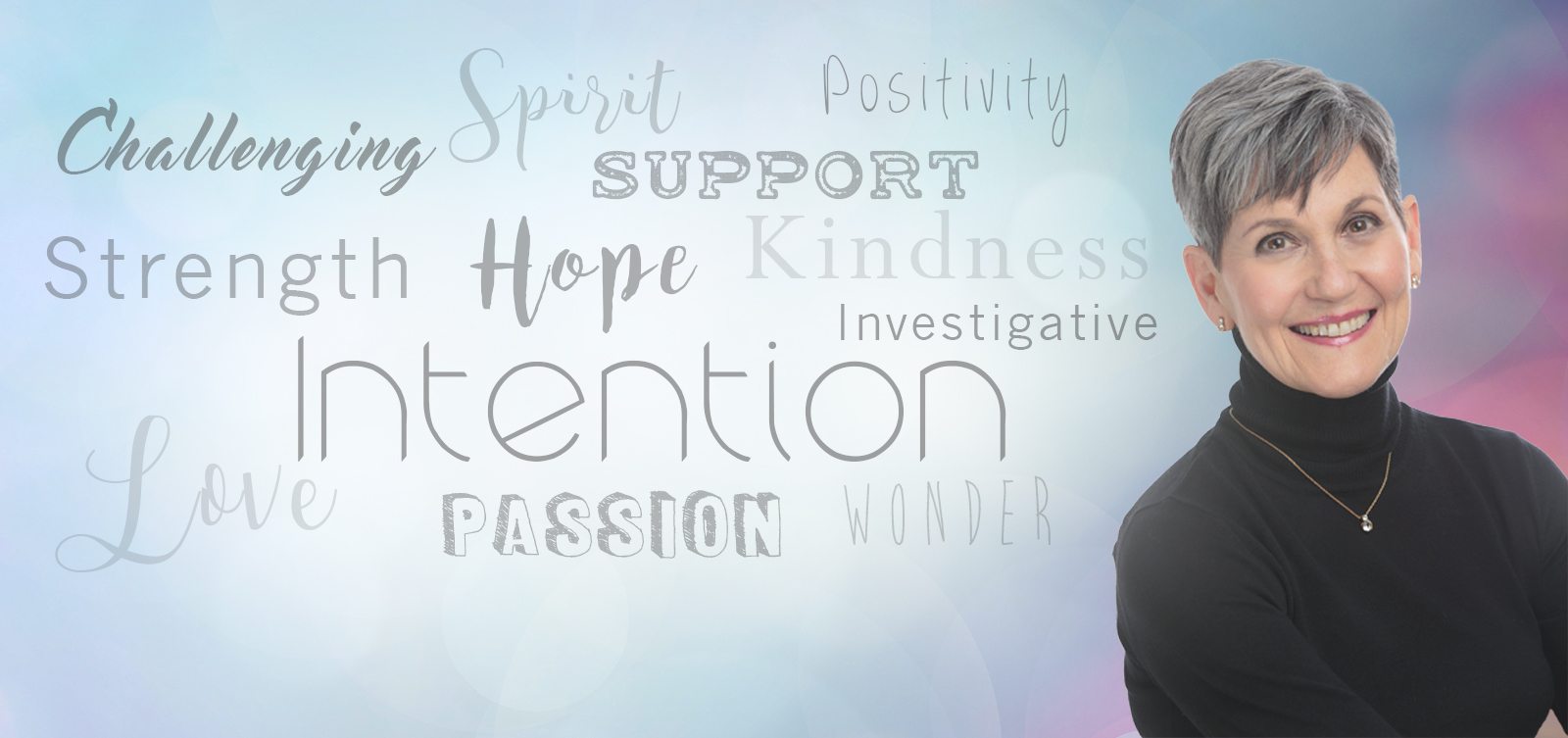
My heart sank when actress Angelina Jolie announced her decision last week to have a double mastectomy as a pre-emptive strike against what doctors told her was a whopping 87 per cent risk of developing breast cancer and a 50 per cent chance of developing ovarian cancer because of the a mutation in her BRCA1 DNA-repairing gene on top of a family history of breast and ovarian cancer.
My heart sank when actress Angelina Jolie announced her decision last week to have a double mastectomy as a pre-emptive strike against what doctors told her was a whopping 87 per cent risk of developing breast cancer and a 50 per cent chance of developing ovarian cancer because of the a mutation in her BRCA1 DNA-repairing gene on top of a family history of breast and ovarian cancer.
The reason for my sinking heart had nothing to do with Jolie’s brave decision to use her fame once more for a perceived public good, and everything to do with the four things doctors didn’t tell her about her true risks:
1.Most breast cancer develops in women without a family history of the disease.After examining examined the health records of the mothers, sisters and daughters of more than 160,000 women, British Imperial Cancer Research Fund’s Cancer Epidemiology Unit discovered that the vast majority of women who get cancer (eight out of every nine) don’t have a family history of the disease—and even when they do, 12 out of 13 will not die from the disease.
The lifetime risk is 8 per cent for women with one close relative with breast cancer, a risk that increases to just 13.3 per cent for those like Jolie, with two affected close relatives.
2. An environmental ‘trigger’ that causes cancer seems to be more important than family history. The American Women’s Health Initiative (WHI), one of the largest studies to follow women using hormone replacement therapy (HRT), was abruptly halted when it became apparent after five years that the 16,000 participants taking hormones were discovered to be at increased risk of developing breast cancer, ovarian cancer, stroke and heart disease (JAMA, 2002; 288: 321–33).
When University of Rochester researchers combed through the data, they found a similar incidence of cancer among those taking HRT, whether or not they had breast cancer in their genetic history. The particulars of a woman’s genetic makeup and family history of cancer appeared to have nothing to do with it (Epidemiology, 2009; 20: 752–6) In this case, the environmental stressor—artificial hormones taken regularly—was the main trigger.
3. Our own exposure to epigenetic (environmental) triggers may ultimately be the strongest determinant of whether or not we will develop cancer. The conventional view is that our genetic destiny is fixed and inherent in our DNA, which operates through a straightforward mechanistic process of selectively turning on and off certain genes.
As new research decisively demonstrates, genes—far from being the central controller—exist purely as potentials to be activated or not by signals outside our body, much as a piano is silent until someone sits down to play it.
An environmental signal of some sort alerts the body that a particular protein product is needed, and it is the outside environmental signal that activates that particular genetic expression.
Genes get turned on, turned off or modified by our life circumstances and environment: what we eat, who we surround ourselves with, and how we lead our lives.
New evidence shows that even a faulty BCRA1 gene, as Jolie has, may require epigenetic modification, or ‘silencing’, before cancer progresses (Breast Cancer Res, 2006; 8: R38). And diets during critical times in a daughter’s life (as a fetus and then during puberty) have a big influence on the expression of genes like BRCA1 (Ann N Y Acad Sci, 2006; 1089: 14–35).
Dr. Patrick Kingsley, a specialist in alternative cancer treatment (now retired), tells the story of Henrietta, who came to him seeking an alternative to the recommended just-in-case mastectomy, after all of her female relatives developed breast cancer. He discovered she was sensitive to milk, suggested she remove dairy from her diet, and to date, 30 years later, she still has not developed cancer. He has treated hundreds of such cases successfully.
4. Ironically, by opting for the medical solution to her ‘faulty genes,’ Jolie may have increased her risk of cancer. Breast implants have been linked to a rare type of breast cancer known as ‘anaplastic large-cell lymphoma’ (ALCL), a form of non-Hodgkin lymphoma, increasing risk of contracting the disease by 18 times (JAMA, 2008; 300: 2030–5).
If Jolie chooses to have her ovaries removed as well and starts taking HRT, the latest evidence confirms that women who take the standard estrogen/progestin HRT combo are more likely to develop breast cancer and die from the disease, and 60 per cent more likely to die from any cause (J Natl Cancer Inst, 2013; 105: 526–35).
This exact scenario happened to a friend of mine. Her mother died from ovarian cancer, and so she had ovaries and breasts removed as a pre-emptive strike. Her doctors assured her that her risk of cancer was now virtually nil – until, a year later, when she contracted non-Hodgkin’s lymphoma.
As the late Robert Mendelsohn used to say, “If this is the cure, I’ll take my chances with disease.”

Facebook Comments